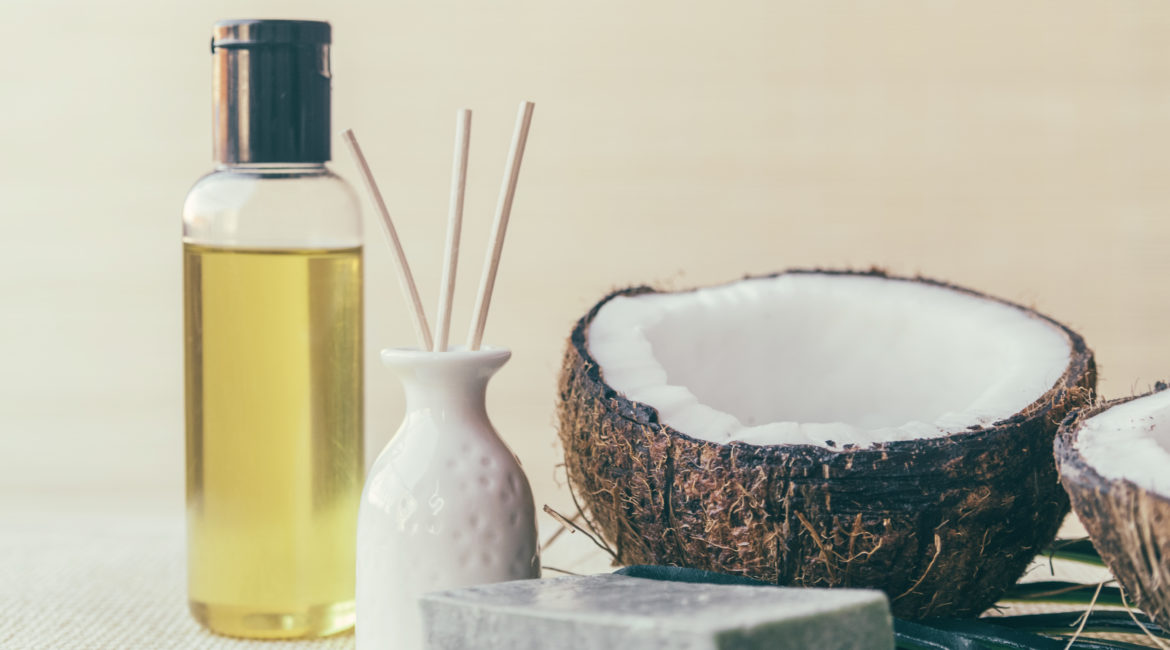Palm oil is a vegetable oil produced from the fruit of the oil palm tree (Elaeis guineensis). It is one of the most common and important oils in the world due to its unique properties and diverse applications.
Important characteristics of palm oil are its resistance to oxidation and its high level of saturated fatty acids, making it suitable for use in the food, cosmetic and chemical industries.
Palm oil: benefit or harm
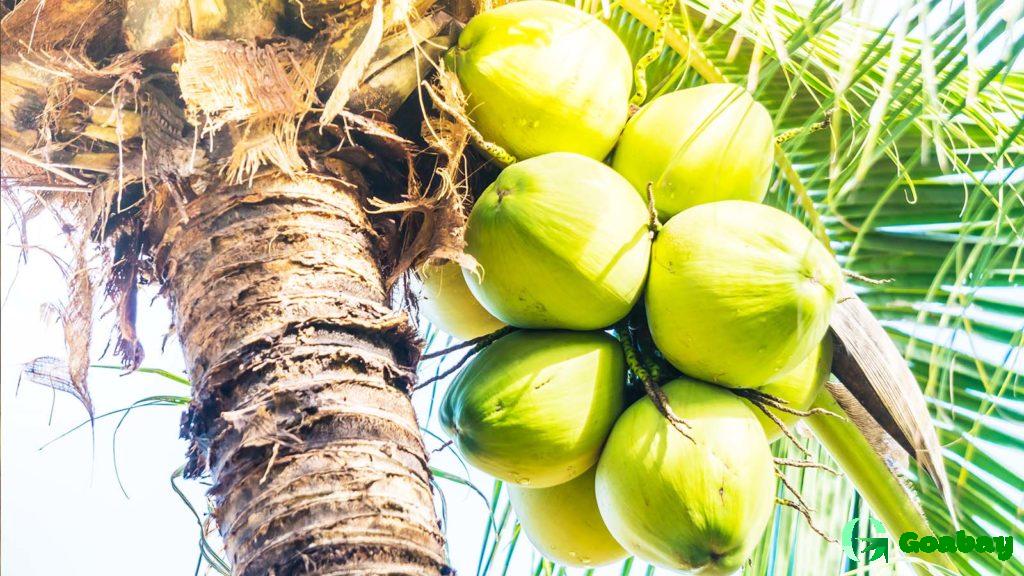
The benefits or harms of palm oil are a subject of debate among experts and consumers.
Benefits
It contains a high concentration of saturated fatty acids including palmitic acid, stearic acid and oleic acid. These fatty acids are important to the body as they serve as a source of energy and are necessary for the proper functioning of the body’s cells and systems.
In addition, palm oil contains vitamin E, which is a strong antioxidant that helps protect the body’s cells from free radicals and prevent oxidative stress. These properties make palm oil beneficial for heart health, skin health and overall well-being.
The oil has positive effects on the body, including improved brain function, skin, hair and nails.
Harms
Some studies have linked palm oil consumption to increased blood cholesterol and risk of cardiovascular disease. However, the findings of these studies are not definitive and more research is needed.
In general, the health and environmental effects of palm oil depend on its production process, how it is used, and ethical issues. It is recommended that all of these factors be considered when deciding whether to use the oil.
Palm oil production
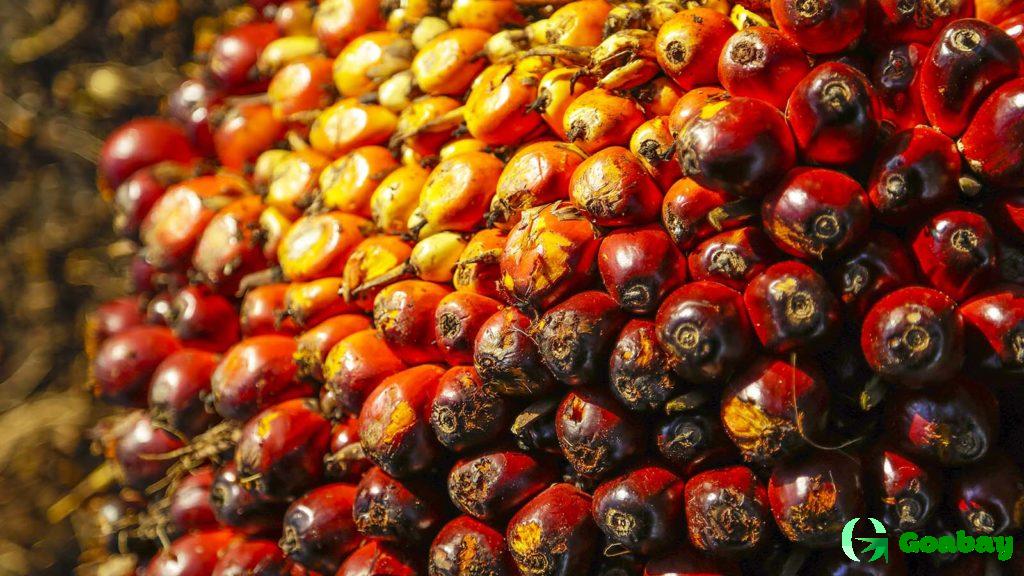
In 2019-2020, India produced 270,000 tonnes of palm oil on 350,000 hectares of plantations. The National Mission for Edible Oils – Oil Palm (NMEO-OP) aims to increase this to 1.12 million tonnes per 1 million hectares by 2025-2026 and 2.8 million tonnes per 6.6 million hectares by 2030.
Palm is a crop that requires a significant amount of water. However, rainfall in India is seasonal, predominantly falling between June and September, making cultivation impossible without an irrigation system. In this regard, oil palm cultivation in the north-eastern states of India faces serious challenges as there is lack of adequate irrigation infrastructure.
Availability of processing plants close to the plantations is important given the limited shelf life of oil palm fruits. This ensures the smooth functioning of the supply chain and the safety of the raw material.
How does coconut oil differ from palm oil?
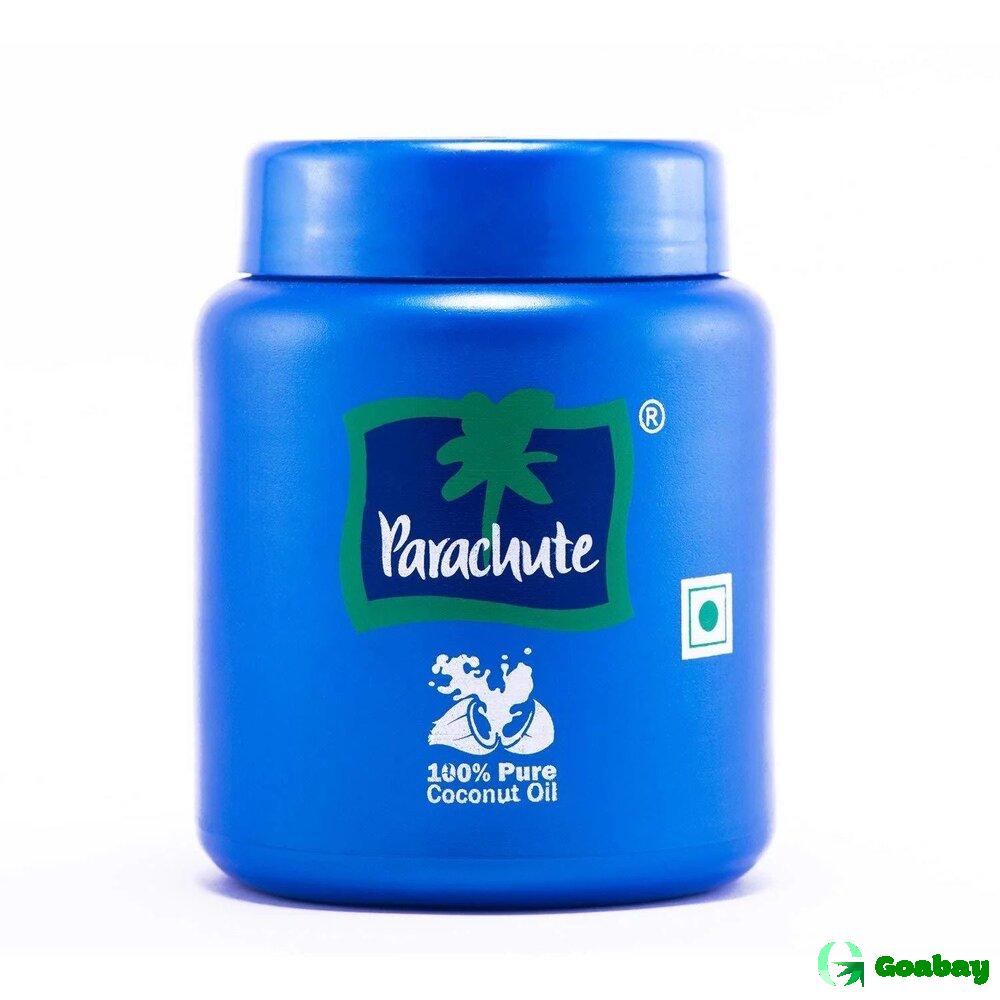
Palm oil and coconut oil are different products with unique compositions and properties.
Palm oil is produced from the pulp of the oil palm fruit and contains a high content of carotenoids, which gives it a bright carrot colour. This makes it one of the richest sources of vitamin A among foods, surpassing even fish oil. Palm oil is also rich in vitamin E and contains roughly equal amounts of saturated and unsaturated fatty acids.
Coconut oil, on the other hand, is derived from the dried pulp of the fruit of the coconut palm and is composed almost entirely of saturated fats, including a significant amount of lauric acid. Lauric acid is known for its health benefits, but it can also raise blood cholesterol levels. Coconut oil is also rich in vitamin K.
Palm oil in foods
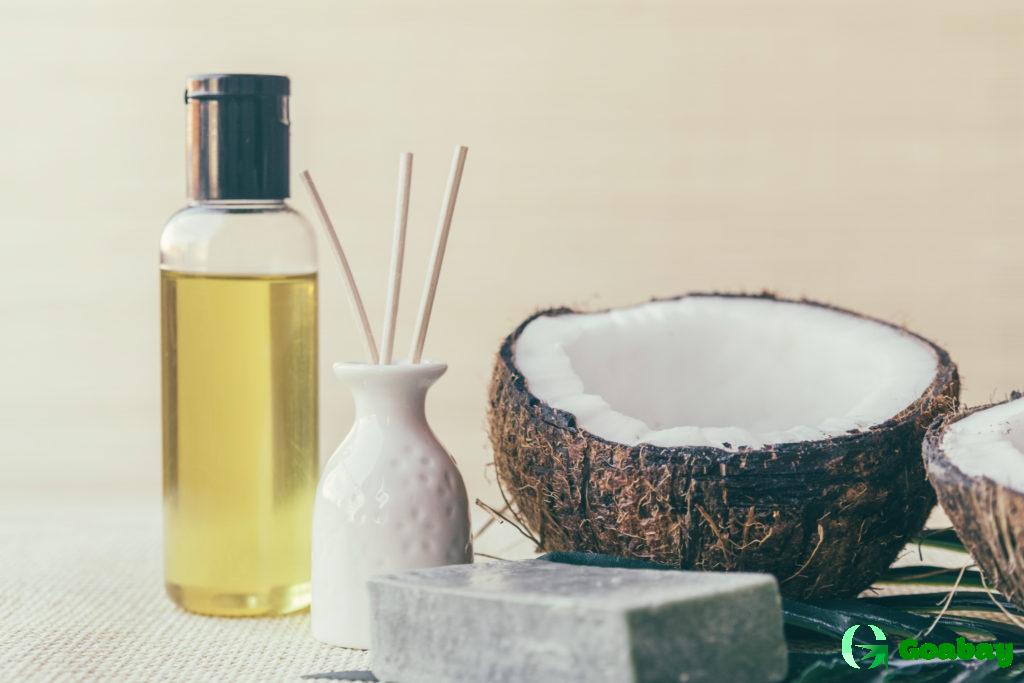
Oil has become a key element of food security in India over the past three decades, displacing other types of oil such as groundnut oil. Nearly 90% of the 8.5 million tonnes of palm oil consumed in India is used in food products or as cooking oil.
India is currently the second largest consumer of palm oil in the world after Indonesia. In 2021 alone, the country spent USD 8.72 billion on palm oil imports.
Oil is one of the most common vegetable oils used in the food industry. Its wide applications include the production of a variety of products such as frying oils, margarine, confectionery, snacks, soups, sauces, dairy products, ice cream and many more.
This oil is often used in cooking due to its versatility and resistance to high cooking temperatures. Its combination of affordability, long shelf life and ability to maintain stability in products makes it a popular choice for industrial food manufacturers.
Palm oil in cosmetics and household chemicals
Apart from its wide application in the food industry, the oil is also a valuable ingredient in cosmetic products as well as household chemicals:
- In soap making, it provides good lather, moisturising and nourishing characteristics, leaving the skin soft and smooth.
- Shampoos containing palm oil usually have a rich texture that effectively cleanses the hair and moisturises the scalp.
- Creams and lotions that include this oil help to moisturise and soften the skin, as well as protect it from environmental damage.
- In detergents, palm oil plays the role of an emulsifier, helping to mix water and oil components to effectively remove dirt and grease.
- It is also used in the production of other household products such as candles, shower gels, cosmetic wipes and more.
Where to buy products
To maximise the benefits and effectiveness of palm oil, it is important to choose a high quality natural oil without additives and chemicals. Products containing quality oil can be purchased in India from shops, pharmacies, markets or ordered online from our website.
